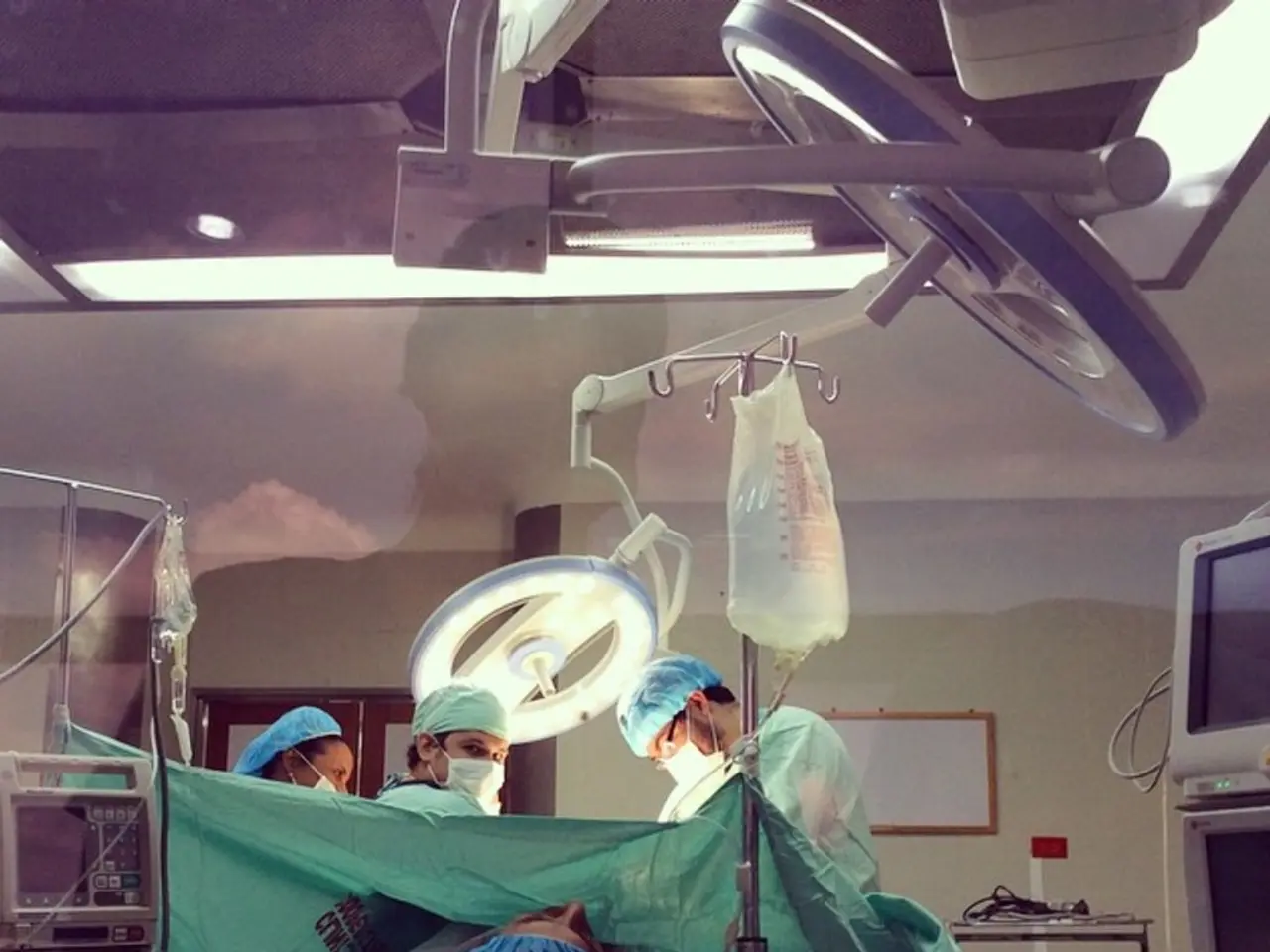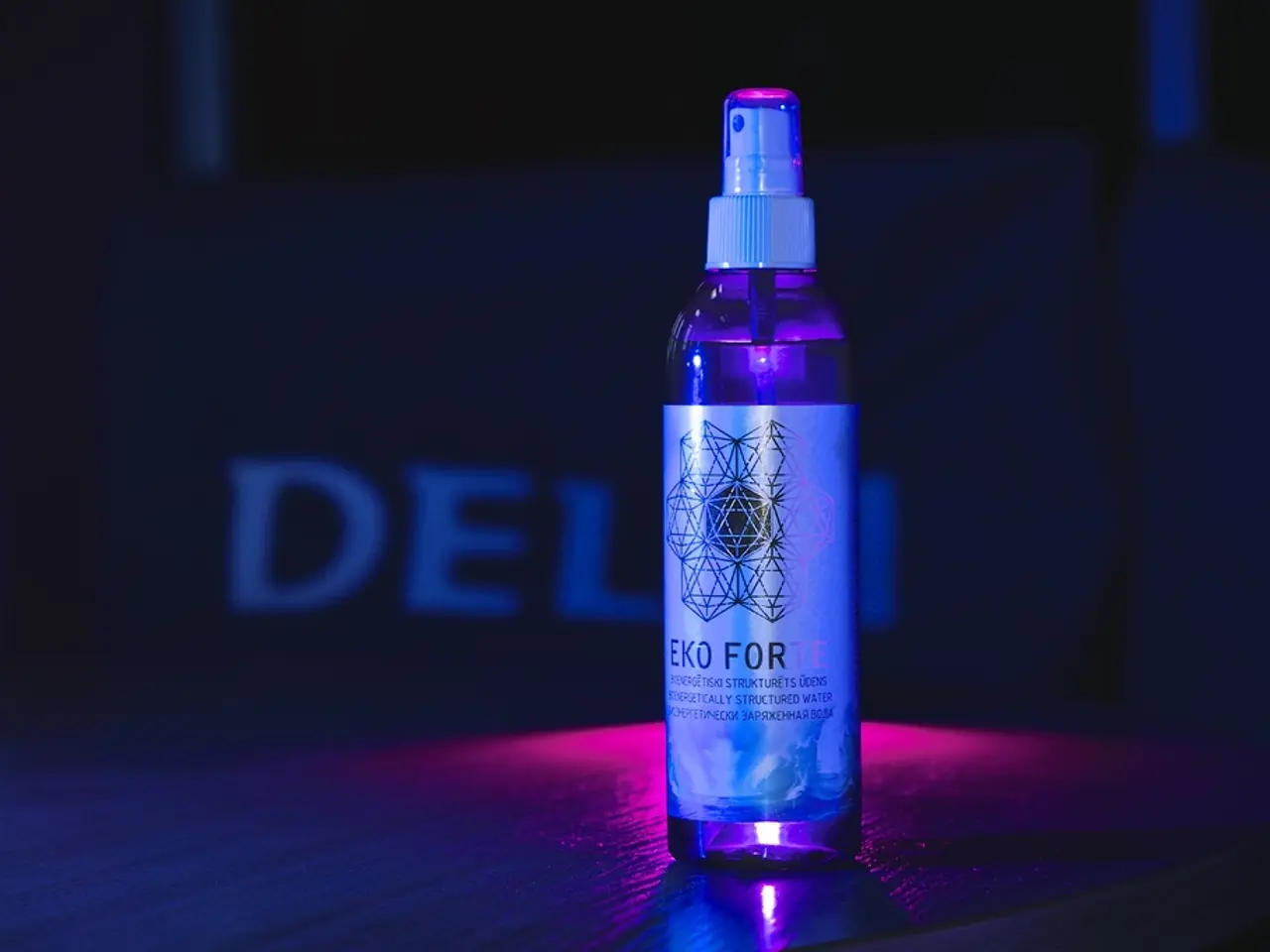Topic Discussed: Effectiveness of Vitamin E on Scars through the use of oils and supplements
In the pursuit of effective scar management, various treatments have been explored, including the use of vitamin E and silicone. While anecdotal claims suggest potential benefits, the scientific evidence supporting their effectiveness is not always conclusive.
Vitamin E, a group of fat-soluble compounds with antioxidant effects, has been suggested to improve symptoms and quality of life for people with atopic dermatitis. However, when it comes to scar healing, the evidence is limited. Some studies indicate that vitamin E might aid in scar healing during the wound healing process, but its ability to significantly reduce scar appearance beyond this stage is not well-established [1][2].
As an antioxidant, vitamin E offers benefits for skin health by moisturizing and soothing irritation. This can indirectly improve the appearance of scarred skin by keeping it hydrated and plump [3][4]. However, its specific efficacy in significantly reducing scar appearance is not strongly supported by scientific evidence.
Silicone, on the other hand, has shown more promising results. Silicone sheets are soft, flexible, self-adhesive dressings that can be applied over scars to flatten and soften them. They may hydrate scar tissue and reduce the production of collagen fibers, leading to flatter, softer, and paler scars [5]. The National Health Service (NHS) in the United Kingdom suggests using silicone sheets for 12 hours a day for at least 3 months [6].
Other cosmetic procedures that may reduce the appearance of scars include laser therapy, dermal fillers, and cryotherapy. Laser therapy may stimulate collagen production and reduce pitting, but long-term studies on its effectiveness are limited [7]. Dermarolling, or microneedling, is a procedure that involves rolling tiny needles over the skin's surface to improve the appearance of scars. A 2014 randomized clinical trial found that dermarolling improved participants' acne scars compared to a control group [8].
It's important to note that anyone considering using topical vitamin E oil or taking vitamin E supplements should consult a healthcare provider first, as some studies have found that almost half of participants had allergic reactions to vitamin E when used for scars [9].
The duration for a scar to fade can depend on the initial injury's size and depth. Fine-line scars from injuries may take up to 2 years to flatten and fade, while hypertrophic scars may continue to thicken for 6 months before fading over the next few years [10].
Vitamin E is found naturally in foods like nuts, spinach, whole grains, olive oil, and sunflower oil. Antioxidants, like vitamin E, protect cells from damage caused by free radicals [11].
In conclusion, while vitamin E and silicone may offer some benefits for scar management, more research is needed to determine their full potential. It's always advisable to consult a healthcare provider before starting any new treatment.
- In addition to silicone, other therapies and treatments such as laser therapy, dermal fillers, and cryotherapy are suggested to reduce the appearance of scars.
- Some cosmetic procedures like dermarolling, also known as microneedling, can improve the appearance of scars by stimulating collagen production.
- Skin-care involving the use of vitamin E, found naturally in foods like nuts, spinach, and oils, can provide benefits for overall skin health, although its specific efficacy in significantly reducing scar appearance is not strongly supported by scientific evidence.
- Massage therapy might not directly contribute to reducing scar appearance, but therapies focused on health-and-wellness, including massage, can help improve the appearance of scarred skin indirectly by keeping it hydrated and plump.
- The use of botox in facial cosmetic surgery is generally aimed at correcting wrinkles and fine lines, not specifically for the management or reduction of scars, however, its application and effectiveness in this area still require scientific exploration and evidence.




